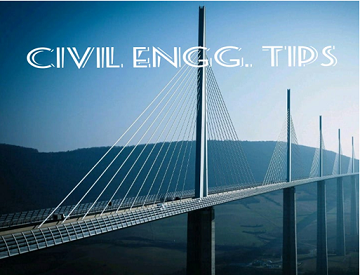The following are the essential parts of a theodolite:
1. Trivet: It is a circular plate having a central, threaded hole for fixing the theodolite on the tripod stand by a wing nut. It is also called the base plate. Three foot screws are secured 2. Foot Screws: These are meant for levelling the instrument. The lower
4. Levelling Head: The trivet, foot screws and the tribrach constitute a body which is known as the levelling head.
5. Spindles: The theodolite consists of two spindles or axes one inner and the other outer. The inner axis is solid and conical,
6. Lower Plate: The lower plate is attached to the outer axis, and is also known as the scale plate. It is bevelled and the scale is graduated from 0 to 360 in a clockwise direction. Each degree is again subdivided into two, three or four divisions: thus,
7. Upper Plate: The upper plate contains the venier scales 4 and B. It is attached to the inner axis. Its notion is controlled by the upper clamp screw and the upper tangent screw. When the clamp screw is tightened, the vernier scales are fixed with the inner axis, and for fine adjustment of the scales the tangent screw is rotated.
8. Plate Bubble: Two plate bubbles are mounted at right angles to each other on the upper surface of the vernier plate. One bubble is kept parallel to the horizontal axis of the theodolite. Sometimes one plate bubble is provided on the vernier plate. The bubbles are meant for levelling the instrument at the time of measuring the horizontal angles.
9. Standard or A-frame: Two frames (shaped like the letter 4) are provided on the upper plate to support the telescope, the vertical circle and the vernier scales. These frames are known as standards or A-frames.
10. Telescope: The telescope is pivoted between the standards at right angles to the horizontal axis. It
11. Vertical Circle: The vertical circle is rigidly fixed with the telescope and moves with it. It is divided into four quadrants. Each quadrant is graduated from 0 to 90° in opposite directions, with the 'zero' mark at the ends of the horizontal diameter of the
The line joining the "zero' marks, corresponds to
12. Index Bar or T-frame: The index bar is provided on the standard in front of the vertical circle. It carries two verniers (C and D) at
13. Altitude Bubble: A long sensitive bubble tube is provided on the top of index bar. The bubble it contains
14. Compass: Sometimes a circular box compass is mounted on the vernier scale between the standards. In modern theodolites, an adjustable trough compass or tubular compass










